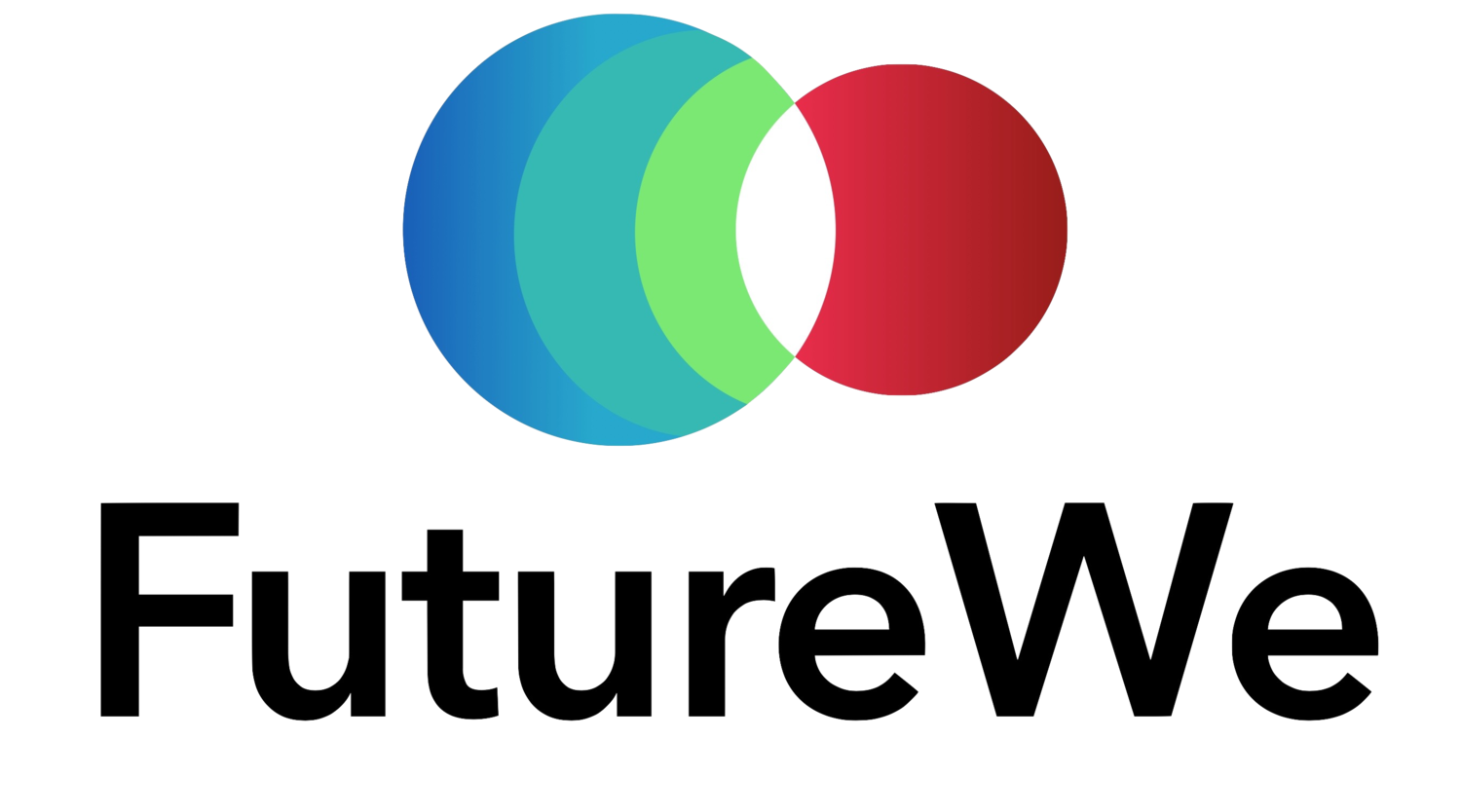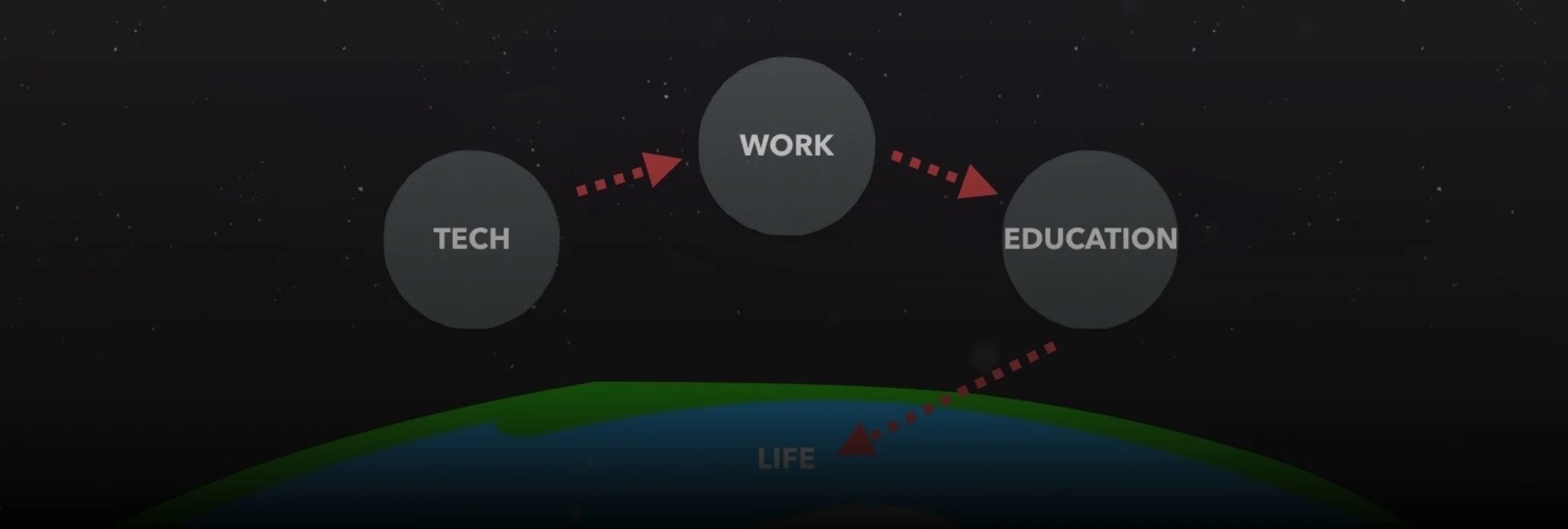Future-U manifesto part2
"We must develop a comprehensive and globally shared view of how technology is affecting our lives and reshaping our economic, social, cultural, and human environments” — Klaus Schwab, Executive Chairman, World Economic Forum, 2016
Is this view of the impact that technology is having a new one? Far from it. From immediately after the introduction of the microchip in 1960’s and the beginning of what has been labelled the third industrial revolution, with the first being ushered in by steam power and the second by electricity, there have been those who understood that it was reshaping society. But here we are nearly 50 years later, and despite it being well known that “Digital is the main reason over half of the companies on the Fortune 500 disappeared since the year 2000” (Pierre Nanterme, CEO Accenture), the comprehensive view that Schwab is calling for has not appeared.
This can be seen as a major problem for those working to encourage positive adaption rather than reactionary approaches to the current massive transition. For Future-U however, the lack of such a shared understanding of where technology is going is not a problem but an opportunity that has led founder Jona Nalder to distill his 12 years working with technology and learners into creating a big-picture view that can summarise and articulate the amazingly complex and diverse concepts involved so that necessary conversations can begin.
While the technologies involved in the current transition are many, the Future-U framework organises the majority into three meta or overall categories of Automation, Augmentation and Expansion. Each of these will be detailed further in parts 3–5, but can be summarised as:
Automation: A.I., bots, Machine Learning, driverless cars, blockchain, internet of things, robotics
Augmentation: VR, AR, mixed reality, tele-work & play, exo-skeletons, bio-tech, genome-editing, implants
Expansion: low-cost renewable energy, free high speed wifi, space mining and production, off-earth living
No schema could ever encompass all the developments and directions technology is taking. For instance, previous efforts have often grouped technology purely by its functions. This framework instead seeks to create meta-categories based on the ways in which technology is impacting society and work. In this way, disparate elements such as Virtual Reality or Bio-tech which are normally discussed separately can instead be understood in terms of their direct augmentation, but not replacement, of humans’ abilities to work, think and learn.
In the same way, the other meta-categories are also designed to bend and further our understanding, not of the million different directions technology seems to be taking us, but of how technology can be understood and acted upon together. And that is a big part of what Future-U is being created to do. If this makes sense, please share this message, get in touch, and look forward to part three.




